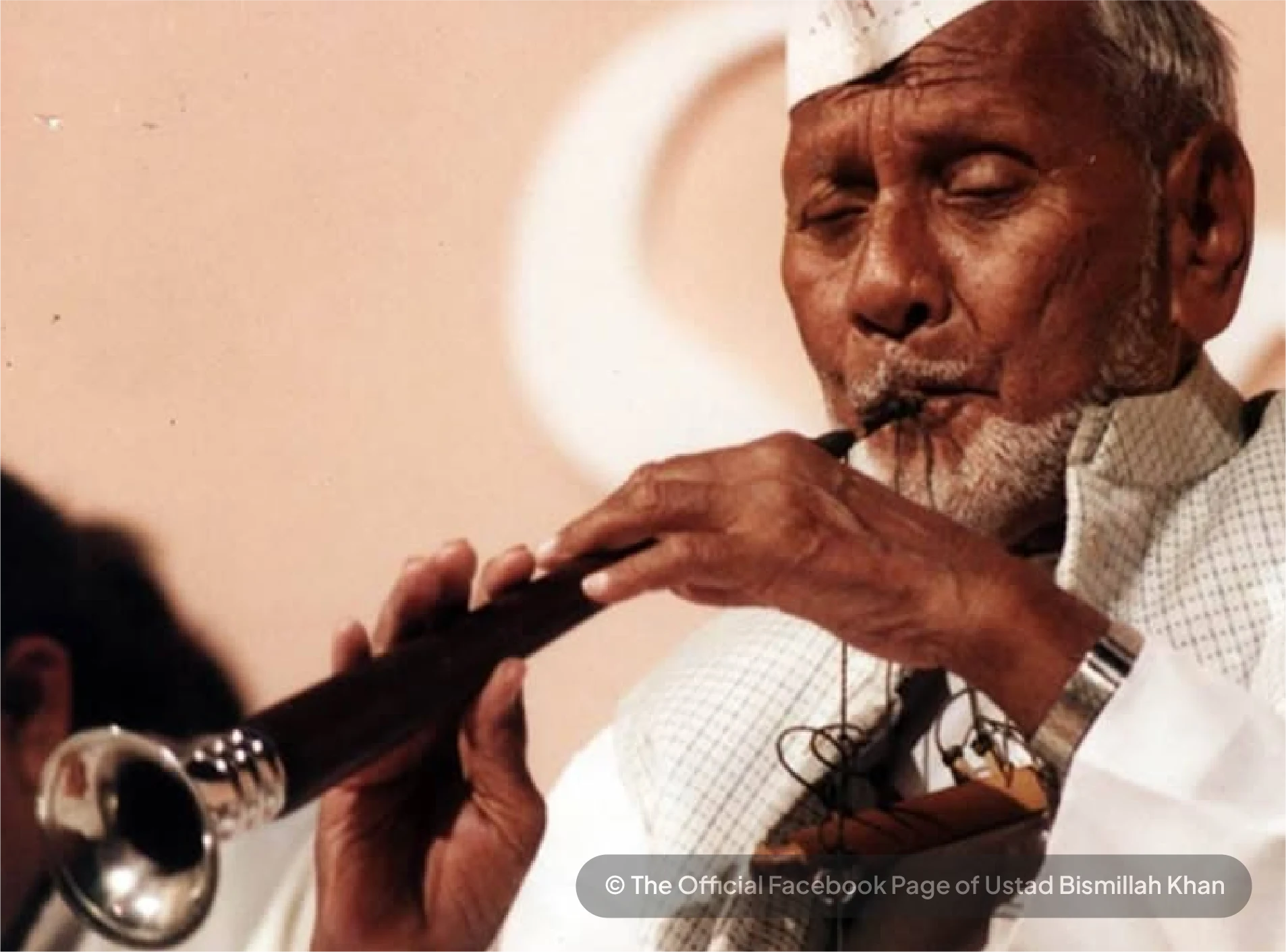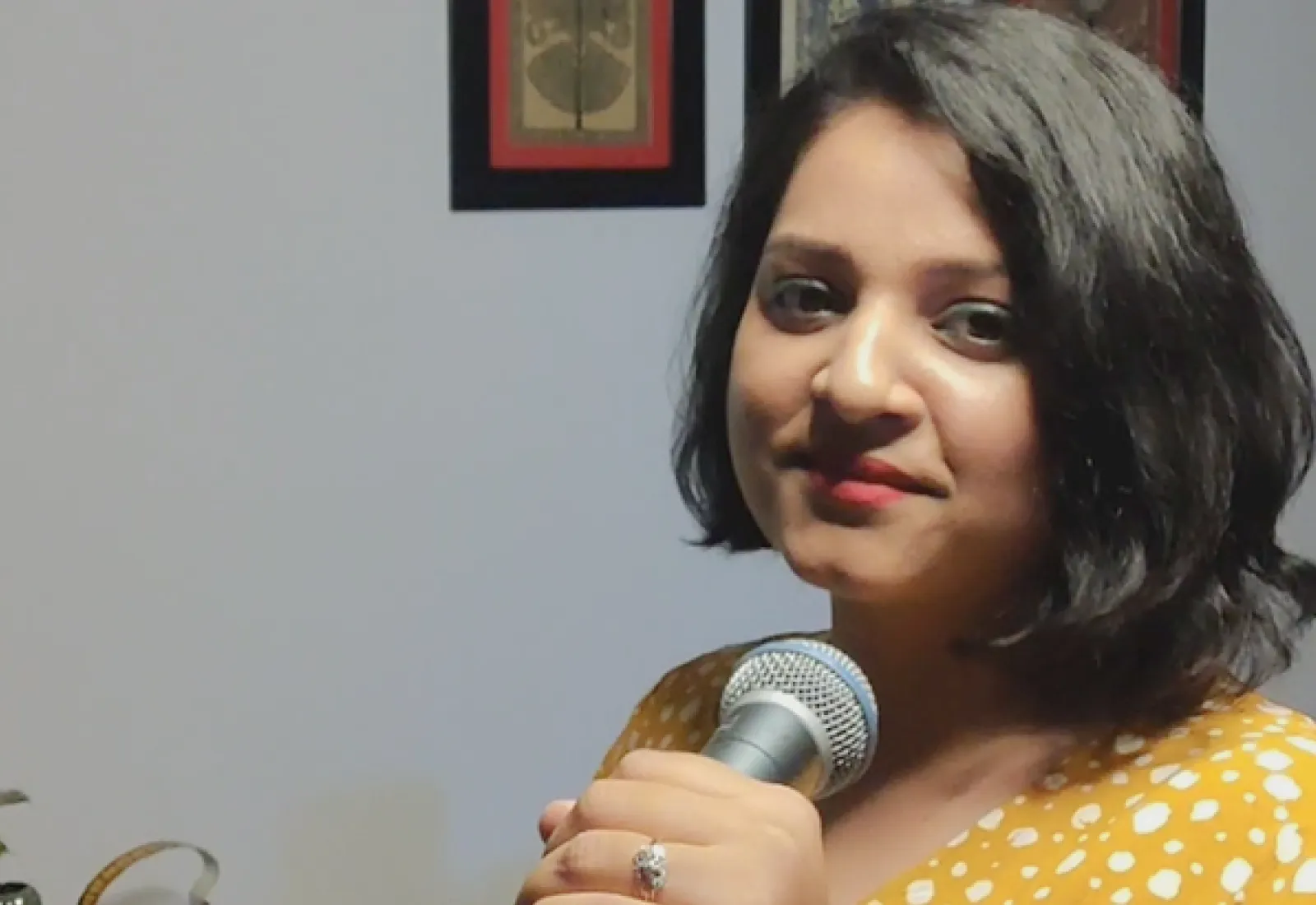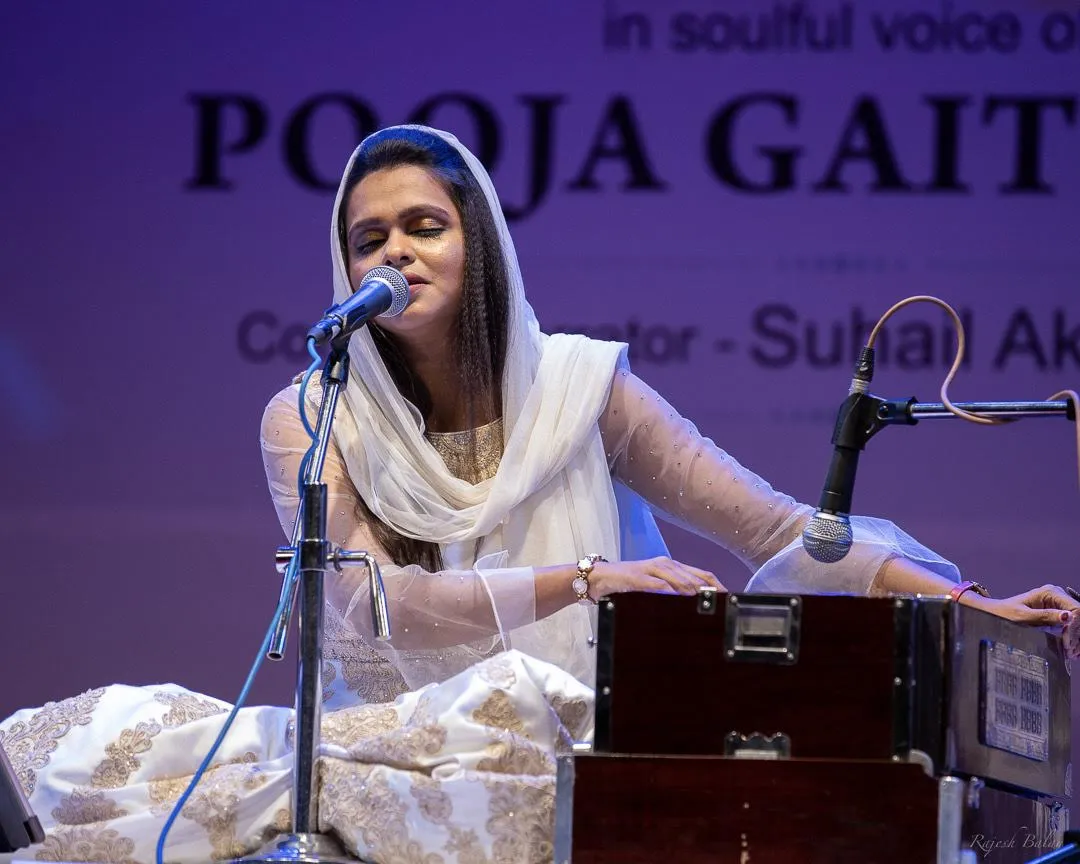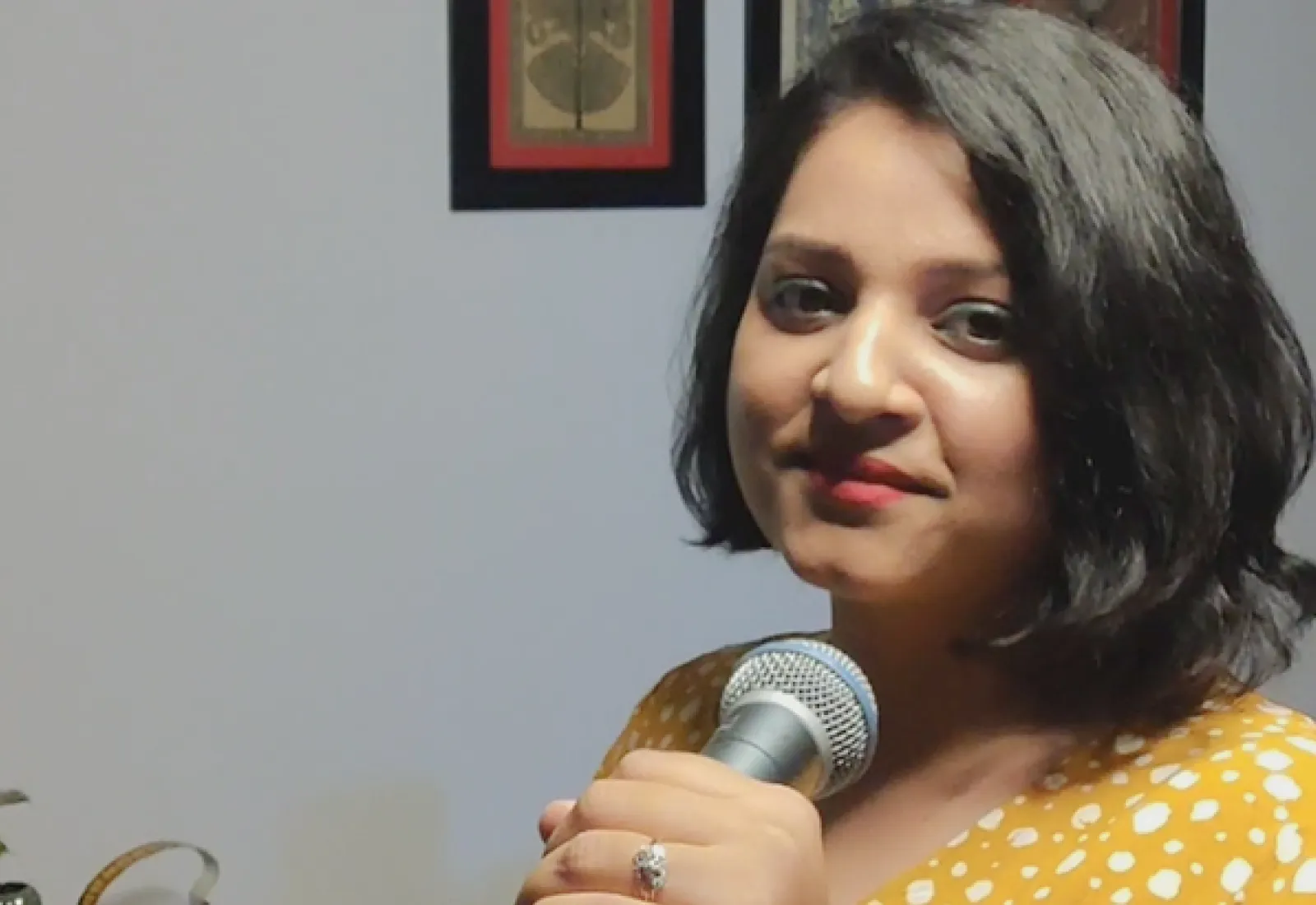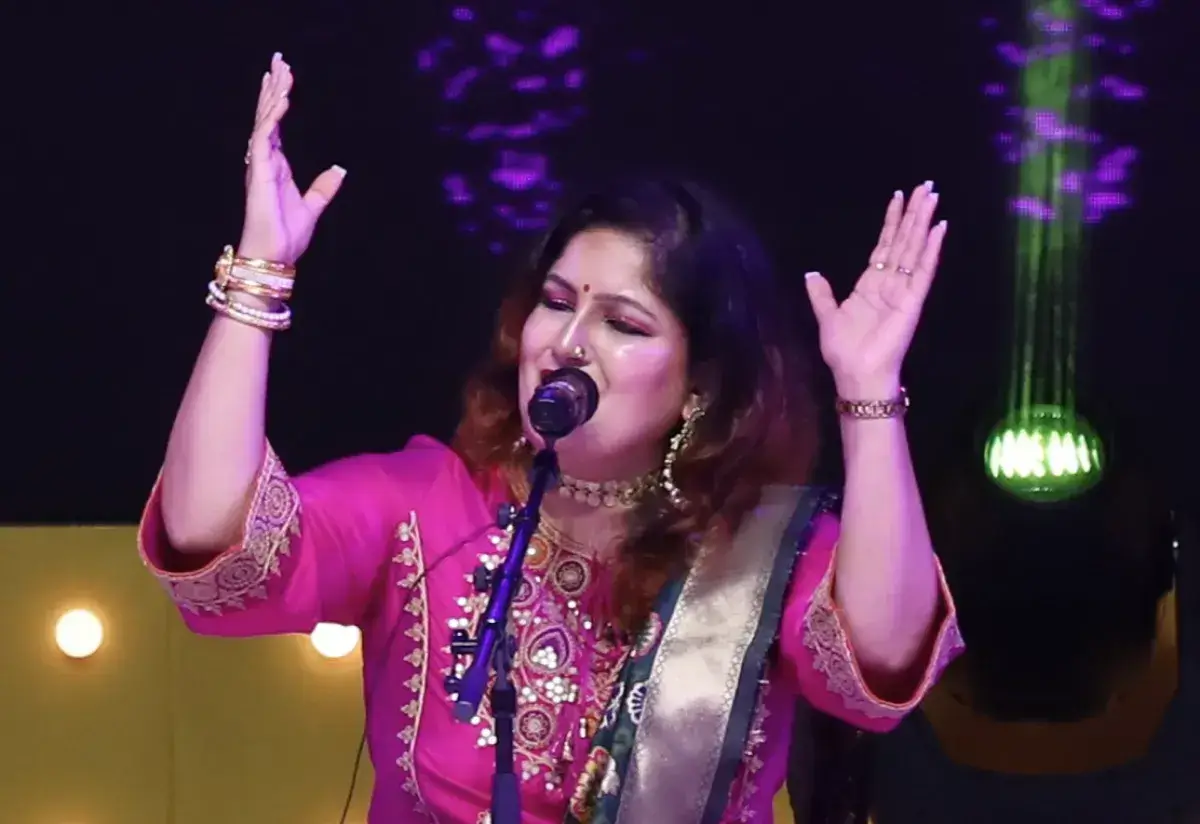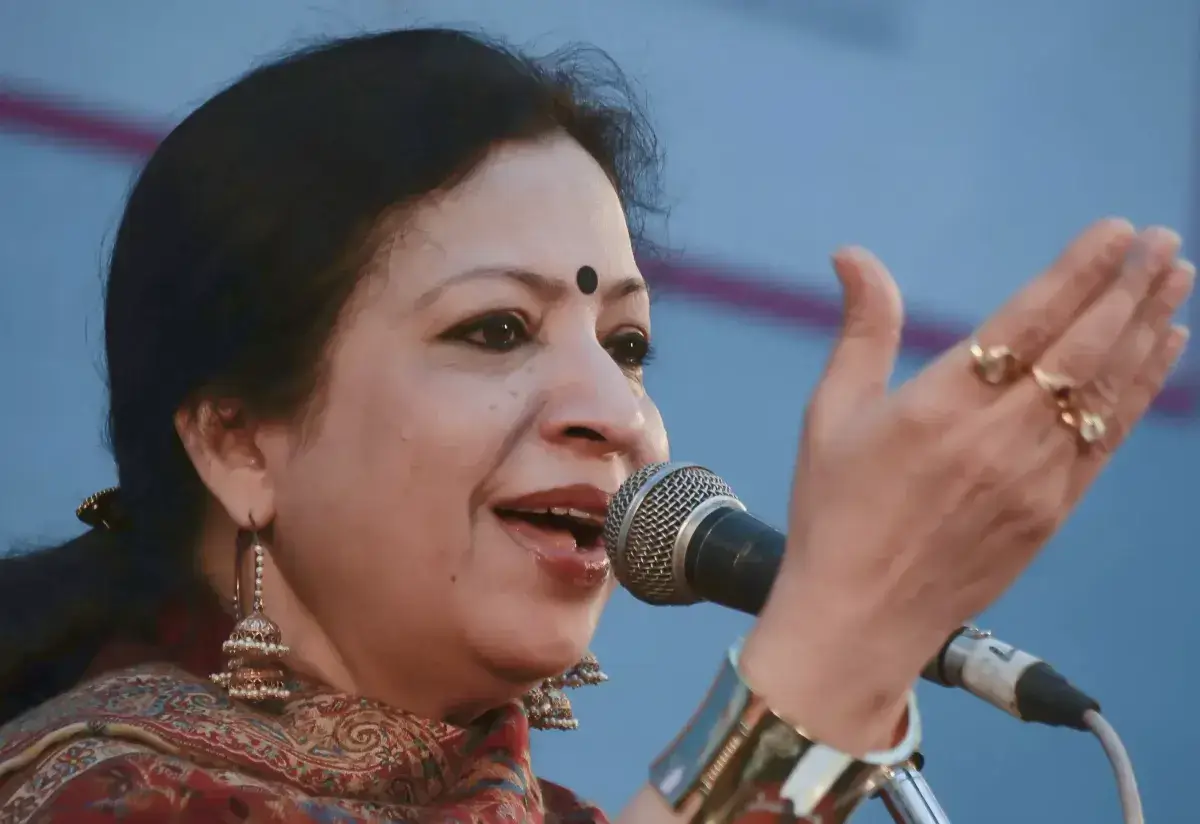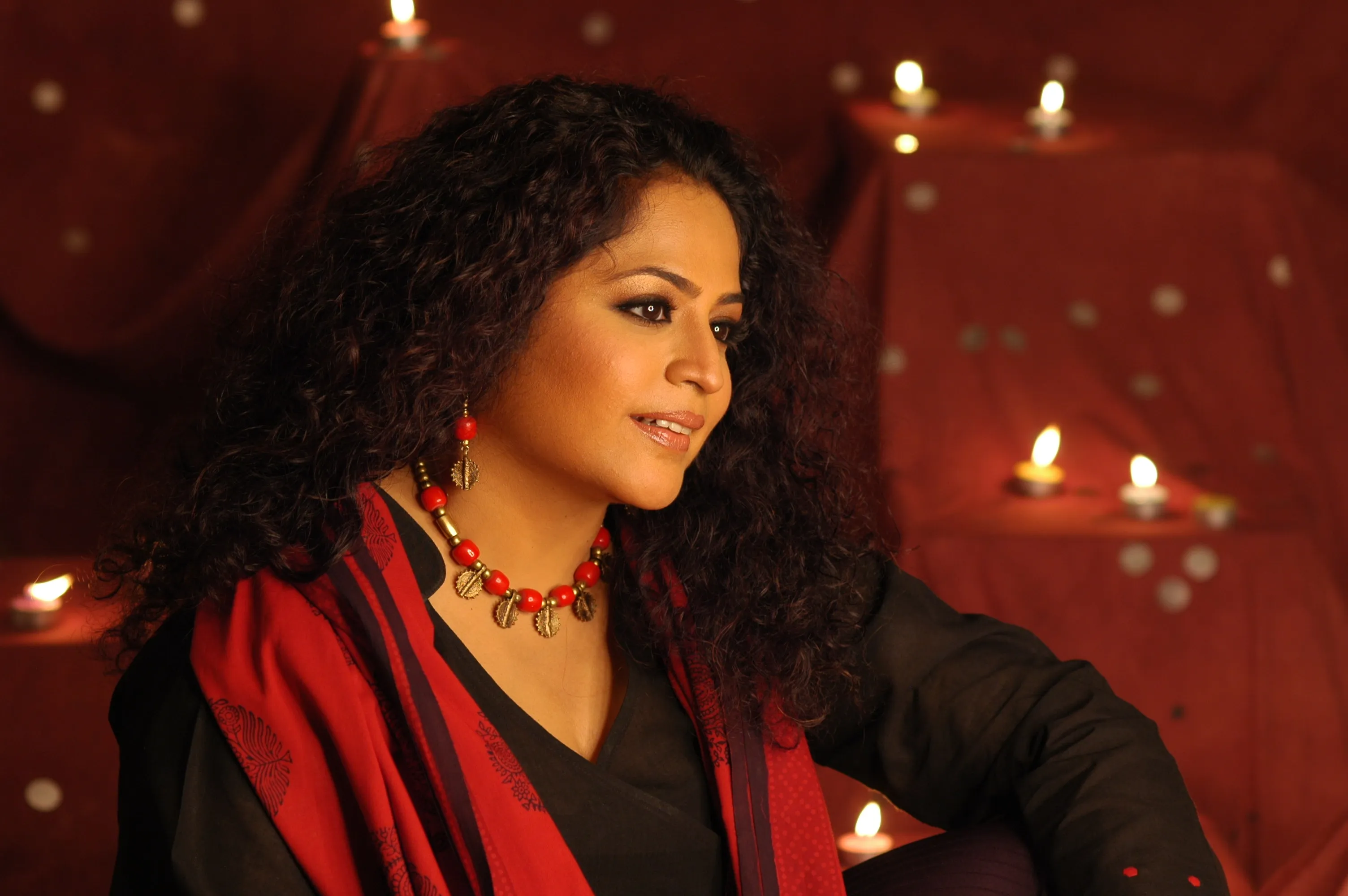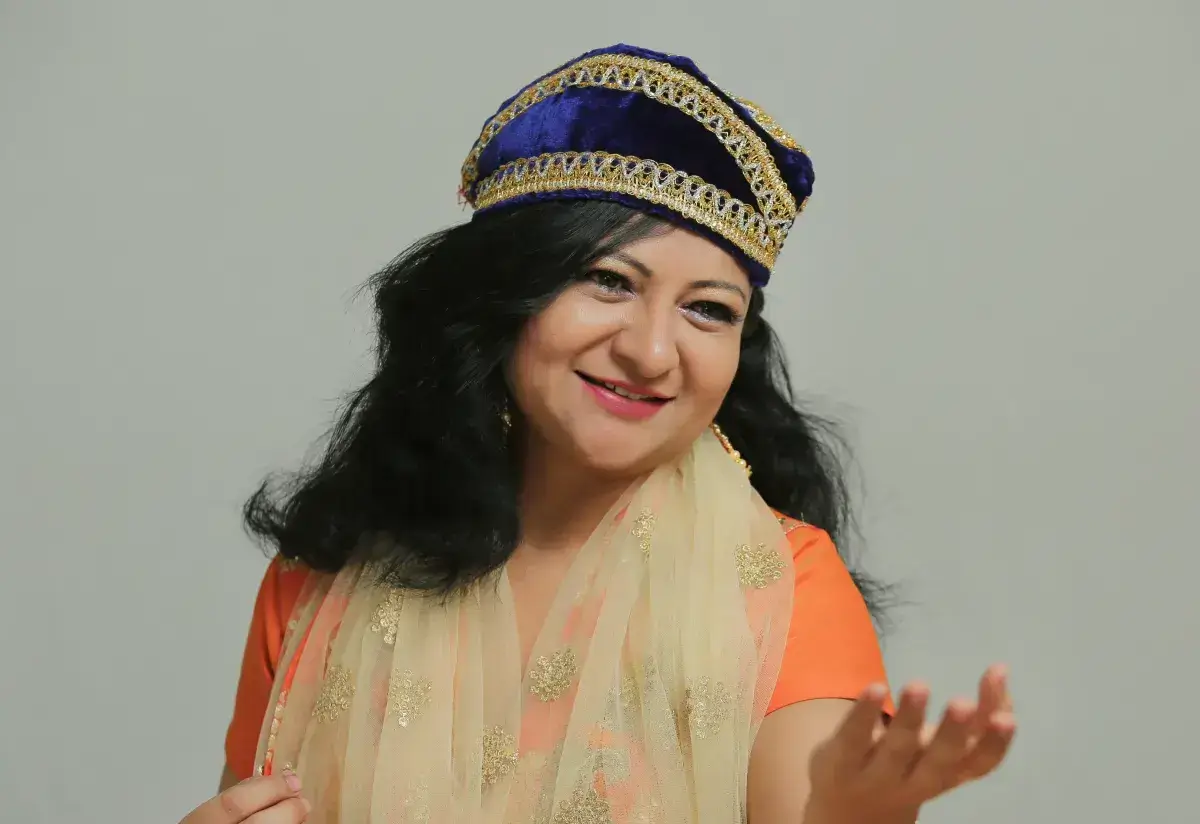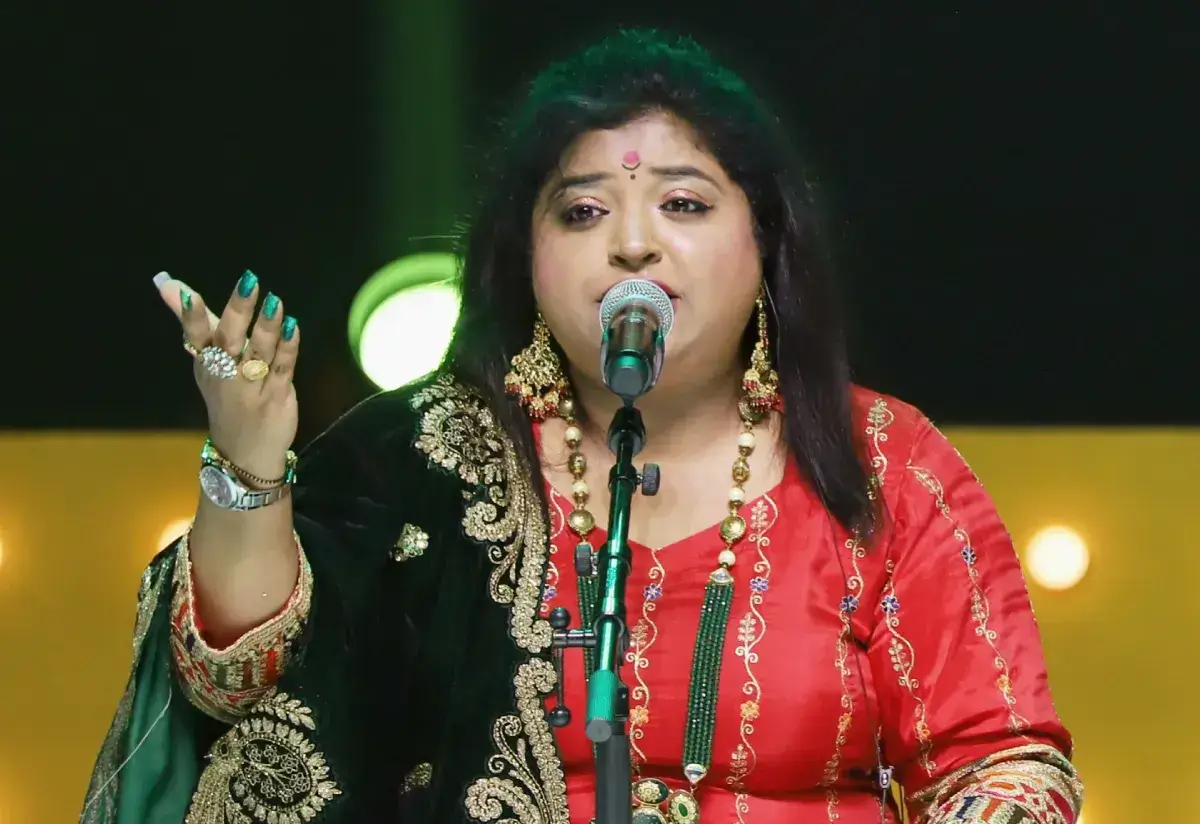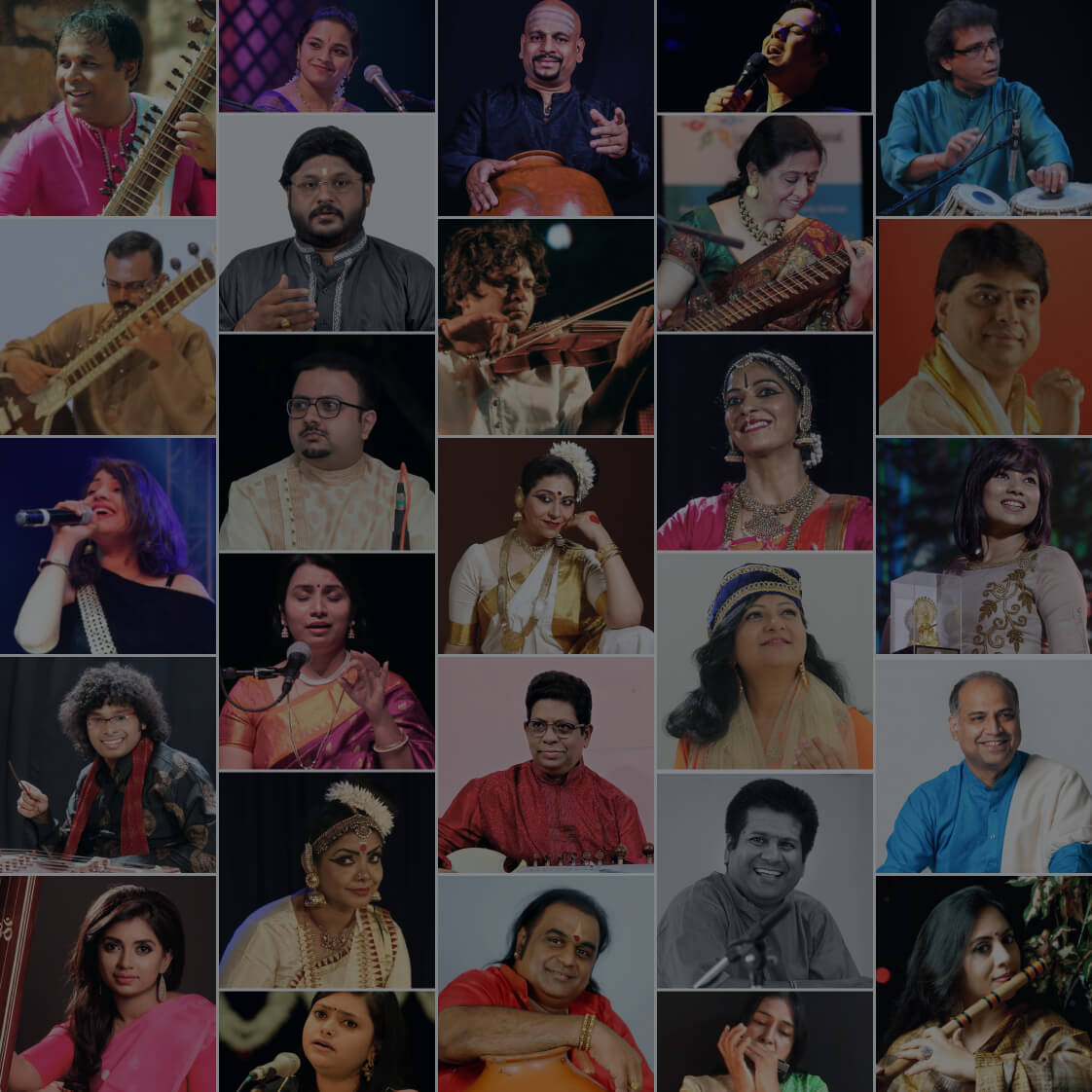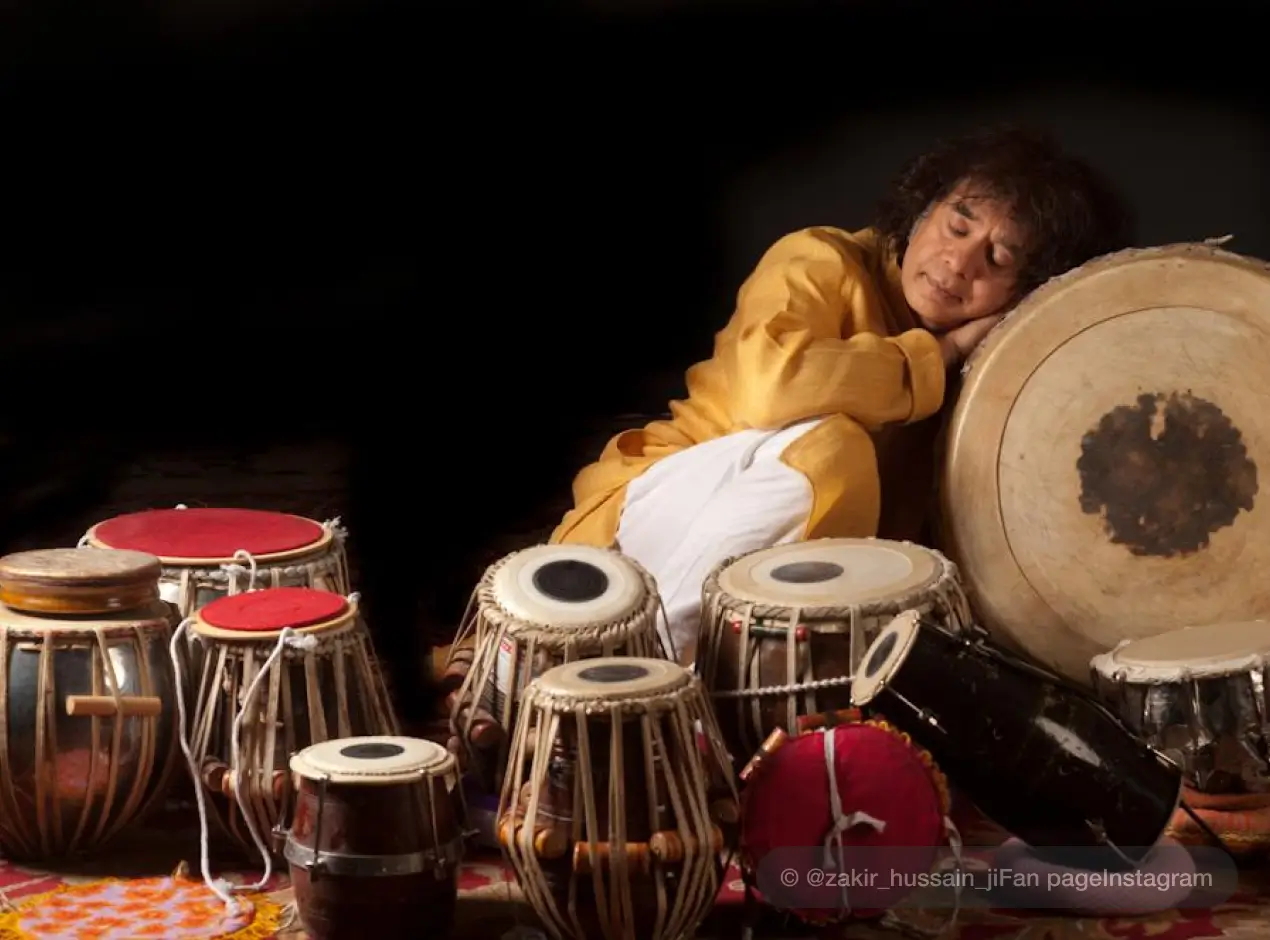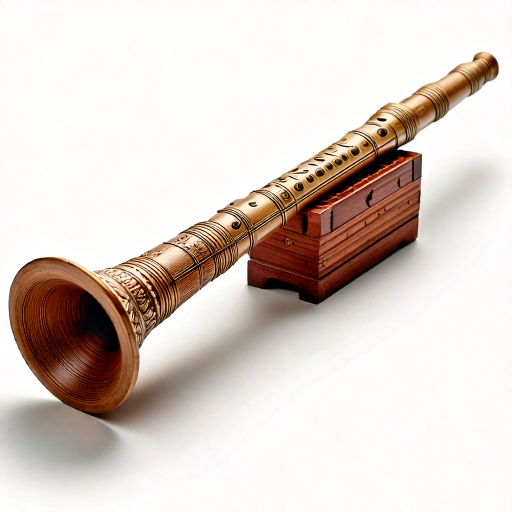Introduction
| Date of Birth | March 21, 1916 |
| Place of Birth | Dumraon, Bihar, British India |
| Birth Name | Qamruddin Khan |
| Date of Death | August 21, 2006 |
| Place of Death | Varanasi, Uttar Pradesh, India |
| Profession | Shehnai Maestro, Hindustani Classical Musician |
| Spouse | Unknown |
| Children | Zamin Hussain, Nazim Hussain, Nayyar Hussain, Kazim Hussain, Mehtab Hussain, Soma Ghosh (adopted daughter) |
| Father | Paigambar Bux Khan |
| Mother | Mitthan Khan |
| Sibling | Shamshuddin |
| Awards | Bharat Ratna, Padma Vibhushan, Padma Bhushan, Padma Shri, Sangeet Natak Akademi Award, and others. |
If music has the power to cross boundaries, then Ustad Bismillah Khan was among its most influential ambassadors. A name that embodies tradition, purity, and brilliance, Bismillah Khan was more than a musician - he was a phenomenon. His life is a story that resembles a raga, beginning quietly in the dusty streets of Dumraon, Bihar, to flourishing abundantly on Varanasi's ghats, and echoing through concert halls all over the world.
What makes Ustad Bismillah Khan particularly unforgettable is how he lifted a traditional instrument like the shehnai, an instrument typically performed at weddings and temples, into one of the exquisite and polished Indian musical instruments that makes a genuine statement on the classical music stage. His dedication to his work was not only technical, but also sacred. The Ganges River, Kashi's temples, and his music were inextricably linked. Bismillah Khan has once stated that he could never live in a city where the Ganga did not flow.
Despite international fame and numerous awards, including India's highest civilian honor, the Bharat Ratna, Bismillah Khan continued to be disarmingly humble, preferring to live in his modest Varanasi home, surrounded by family, faith, and music.
Early Life and Education
Ustad Bismillah Khan, initially known as Qamruddin Khan, was born on March 21, 1916, in Dumraon, a royal region in Bihar's Buxar district. Being born into a family of court musicians who performed shehnai at the Dumraon royal court, Bismillah Khan's destiny was already written in the world of music. His father, Paigambar Bux Khan, and grandfather, Rasool Bux Khan, were both accomplished shehnai players. The moment Bismillah Khan was born, his grandfather welcomed him to the world with "Bismillah!" (which means "in the name of God"), a phrase that would later become synonymous with musical grandeur.
Though Ustad Bismillah Khan did not have formal academic education in the modern academic sense, his knowledge of ancient ragas, taals, and improvisation techniques was nothing short of scholarly. Many would argue that his education was founded on tradition, spirituality, and relentless practice, was far better than any set syllabus, much of which was taught informally using traditional guru-shishya parampara (master-disciple systems). In an era where there were no online or digital classes or personalized learning plans, he not only mastered traditional skills but also began to experiment, infusing his music with personal expression and emotional resonance.
The Making of a Maestro: Early Years on Stage
Bismillah Khan's musical talent was evident even as a child. At the age of three, he went with his mother to the Bihariji Temple in Dumraon, where he was captivated by the beautiful sounds of the shehnai. The sound made a lasting effect on his young mind. He had started playing the instrument at the age of six, guided by his father and uncles, but it was the crucial relocation to Varanasi (Kashi) that truly changed his musical destiny.
Bismillah Khan's maternal uncle, Ali Bux 'Vilayatu' Khan, a shehnai player at the Kashi Vishwanath Temple in Varanasi, mentored him as a child. In India's spiritual capital, he underwent a challenging and nearly spiritual musical education.. Every day, he would join his uncle at the temple, immersing himself in the devout atmosphere and rehearsing for hours on end. He frequently acknowledged the natural rhythm of the Ganga River's flow and the acoustics of temple halls as co-conspirators in his education.
Bismillah Khan began playing in Varanasi temples, weddings, and community events when he was a teenager. His performances were notable for their soulful depth and technical ability, which contradicted his age. His ability to convey deep emotion through the shehnai quickly distinguished him, and he began to gain attention in classical music communities.
Musical Journey and Career
The most momentous occasion came in 1937, when the young Bismillah Khan performed at the All India Music Conference in Kolkata. Many in the crowd had never heard the shehnai in classical format before, with the depth, precision, and emotional pull normally reserved for more established instruments. It was an eye-opening performance. His mastery of ragas, capacity to experiment with both vilambit (slow tempo) and drut (fast tempo), and lyrical, vocal-like note phrasing surprised audiences and critics alike. Overnight, the shehnai emerged from the wedding hall to the forefront of India's classical music scene.
This performance was more than a personal achievement, it represented the start of a cultural reinvention of the shehnai. Ustad Bismillah Khan has pushed its boundaries by including long, contemplative alaps (raga introductions), gamakas (oscillations), and complex meends (glides) that were previously thought to be beyond the shehnai's capabilities. He created a technically rich and emotionally moving technique through continuous practice and spiritual dedication.
One of the most memorable occasions in his musical career was when he was invited to perform from the Red Fort's ramparts on August 15, 1947, India's first Independence Day. As the Indian tricolor was unfurled for the first time, Ustad Bismillah Khan's shehnai echoed throughout the country.
Ustad Bismillah Khan has represented India at a number of foreign events, including the World Expo in Montreal, the Cannes Art Festival, and the Osaka Trade Fair. His performances fascinated audiences all over the world, bringing Indian classical music and the shehnai to international popularity.
Elevating Shehnai
Before Ustad Bismillah Khan, the shehnai was mostly heard at temples, weddings, and other ceremonial occasions. Despite its profound roots in Indian culture, it lacked the formal recognition and technical sophistication of classical instruments such as the sitar, sarod, and flute. It was considered a functional instrument rather than one capable of performing on a concert stage. But Bismillah Khan transformed everything, not simply by playing the shehnai, but by making it into a powerful medium for classical expression.
Ustad Bismillah Khan did more than just polish the shehnai's technical capabilities. He also helped to make it more ensemble-friendly, frequently combining with tabla, tanpura, and harmonium performers to produce rich concert experiences. He performed at famous locations across India, including the Sankat Mochan Music Festival in Varanasi, the Tansen Music Festival in Gwalior, and the Sawai Gandharva Festival in Pune, pushing the shehnai to the highest level of Indian classical music.
Film Contributions and Popular Recognition
Despite having a strong classical background, Ustad Bismillah Khan produced a few significant yet well-chosen contributions to Indian cinema. One of his most notable contributions was in Satyajit Ray's 1958 film Jalsaghar, when his shehnai provided a disturbing, emotional depth to the story. His music not only added to the film's cultural integrity but also displayed the shehnai's expressive capabilities outside of conventional settings.
Another big cinematic milestone was the 1959 film Goonj Uthi Shehnai, which helped promote the instrument on a national scale. Though Ustad Bismillah Khan did not appear in the film, his live shehnai recordings were used throughout, giving the movie its spirit. The popularity of Goonj Uthi Shehnai introduced classical shehnai to mainstream audiences, gaining Bismillah Khan widespread acclaim.
Bismillah Khan rarely accepted the offers he received from the film industry because he felt the shehnai was a sacred instrument that belonged to classical and religious music. His minimal involvement with cinema was deliberate and motivated by a strong appreciation for the art form.
These brief but significant cinematic appearances helped widen the appeal of the shehnai and established Ustad Bismillah Khan as a cultural figure well beyond the concert hall.
Awards and Honors
Throughout his remarkable career, Ustad Bismillah Khan received various major awards and honors:
In 2001, he received India's highest civilian award, the Bharat Ratna, becoming the third classical musician to earn it after M. S. Subbulakshmi and Ravi Shankar.
He was awarded the Padma Vibhushan in 1980 for his outstanding contribution to Indian classical music.
In 1968, he received the Padma Bhushan, one of India's highest civilian awards.
In 1961, he was awarded the Padma Shri for his early contributions to the popularization of the shehnai.
In 1956, he earned the Sangeet Natak Akademi Award, India's highest honor for performing artists.
He received the Tansen Award from the Madhya Pradesh government in recognition of his excellent contributions to Hindustani classical music.
In 1994, he was awarded a Sangeet Natak Akademi Fellowship, the institution's highest recognition.
In 1992, the Republic of Iran awarded him with the Tahar Mausique Award, acknowledging his global significance.
In 1995, the Karnataka government rewarded him with the T. Choudayya National Award.
In 1998, the Kerala government awarded him the Swathi Sangeetha Puraskaram for his contributions to Indian classical music.
He was also awarded Honorary Doctorates from Banaras Hindu University and Visva Bharati University, acknowledging his lifetime commitment to music and culture.
Cultural Impact
Bismillah Khan's passion for music and efforts to elevate the shehnai have had an enduring impact on Indian classical music. He was noted for his humility, dedication, and spiritual depth in his performances. His music has impacted both artists and music enthusiasts for years.
Personal Life
Bismillah Khan, despite his international recognition, remained strongly connected in Varanasi, calling it his spiritual home. He lived a simple life, refusing tempting offers to move abroad. He frequently described the shehnai as a living entity, one that breathed, wept, and celebrated with him. His relationship to the instrument was spiritual, and it showed in his performances.
He was recognized for his humble lifestyle, humility, and strong religious beliefs. His life represented the peaceful coexistence of numerous cultures and religions in India.
Books
R.K. Murthi's book "Bismillah Khan: The Maestro from Benaras" is one of the most noteworthy accounts of his life. This book recounts his rise from a small village in Bihar to become one of India's most renowned artists. It discusses his early challenges, his devotion to the shehnai, and how he managed to preserve his art form in an era of changing musical tastes.
Rita Ganguly's book "Ustad Bismillah Khan and the Shehnai" is another significant literary contribution, as it provides an intimate portrait of the man behind the instrument. Ganguly, a close acquaintance of the Ustad, combines anecdotal storytelling with historical background to express the essence of his music and the intensity of his practice.
Discography
Classical Recordings
- 1970: Raga Kafi
- 1980: The Shehnai of Bismillah Khan
- 1994: Basant Bahar Vol. 1
- 2000: The Eternal Spirit Live Performances
- 2000: Live at Queen Elizabeth Hall
- 2000: Live in London, Vol. 2
Collaborative and Ensemble Works
- 1999: The Shehnai Legend & His Ensemble
- Unknown: Ru-Ba-Ru (with Amjad Ali Khan)
Ceremonial & Thematic Albums
- 1995- 2006: Shaadi Ki Shehnai Vol. 1–3
- 2006: Shaadi Ki Shehnaiyan: Reception Time
- 2007: Vidai Ki Shehnaiyan
- 2007: Badhai Ki Shehnaiyan
Tributes & Re-releases
- 2005: Bharat Ratna
- 2006: First LP Record (Reissue)
- 2007: Piper of Benares
Death and Commemorations
At the age of 90, Ustad Bismillah Khan left the world of music in Varanasi on August 21, 2006. The Indian government announced a day of national mourning in his honor, and music enthusiasts worldwide lamented his death.
India Post honored him with a commemorative postage stamp in 2008. On his 102nd birthday, Google honored him with a special Doodle commemorating his contributions to Indian music.
Legacy of the Legend
In 2006, the Sangeet Natak Akademi established the Ustad Bismillah Khan Yuva Puraskar to recognize young performers under the age of 40 who have shown remarkable potential in music, dance, and drama. This award is intended to support and celebrate new artists in the early stages of their careers.
Conclusion
Ustad Bismillah Khan's life and music reflect India's diverse cultural fabric. His efforts to elevate the shehnai to the forefront of classical music have secured its position in the global musical landscape. His legacy lives on through the innumerable musicians he inspired and the awards named after him to support emerging talent.

